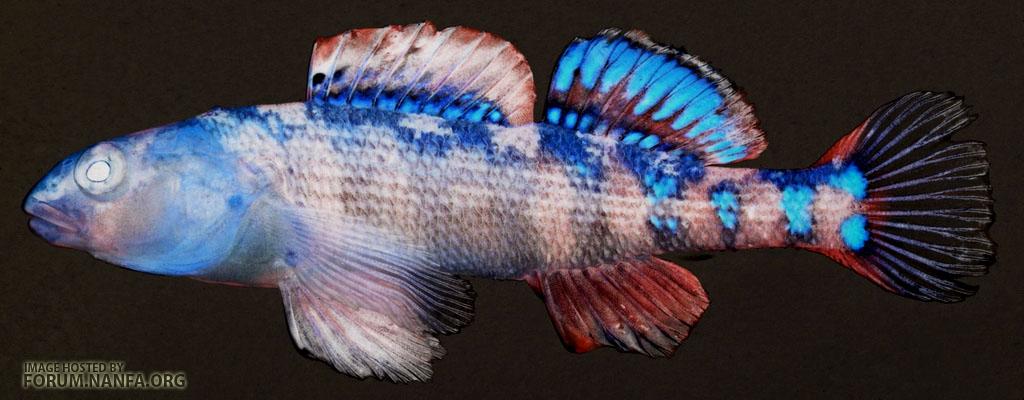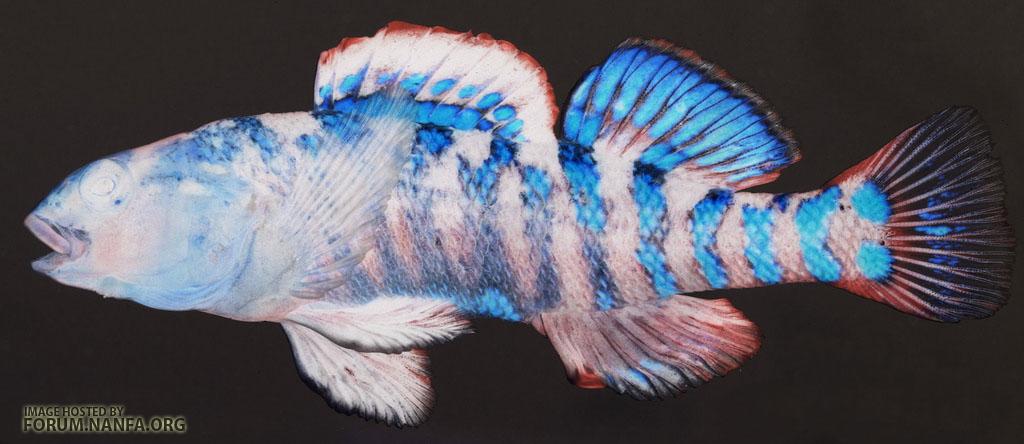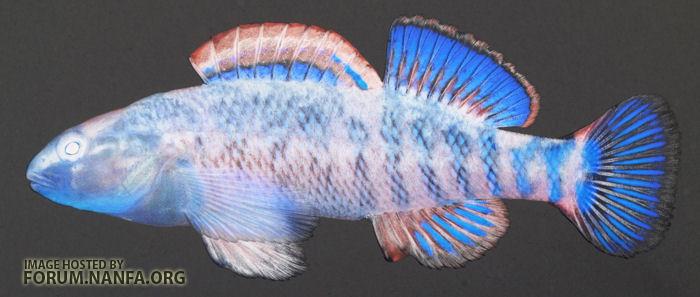Are rainbows without a bi-colored anal fin found with any regularity?
In the Licking (KY), where these two seem to be almost always sympatric in the smaller streams, yeah, I saw a lot of blue anal fins on rainbows. And I saw about the same amount of variation as you're showing here. I imagine there's a longitudinal zonation on the ranges of the two... The rainbows are found in the larger streams, the orangethroats are in the smaller streams, and the places of co-occurrence, I don't know if I could tell what the partition of habitat was. It's really sloppy in those bedrock lined streams, and they're too danged shallow to snorkel to see who is in the gravel and who is on the bedrock (a net is too big of scale to see it).
Look at the dorsal saddle markings on the male rainbows. Also think about these colors without blue, which I think appears black? Now do they look the same? Might be fun to manipulate some of these in Photoshop.
Todd















